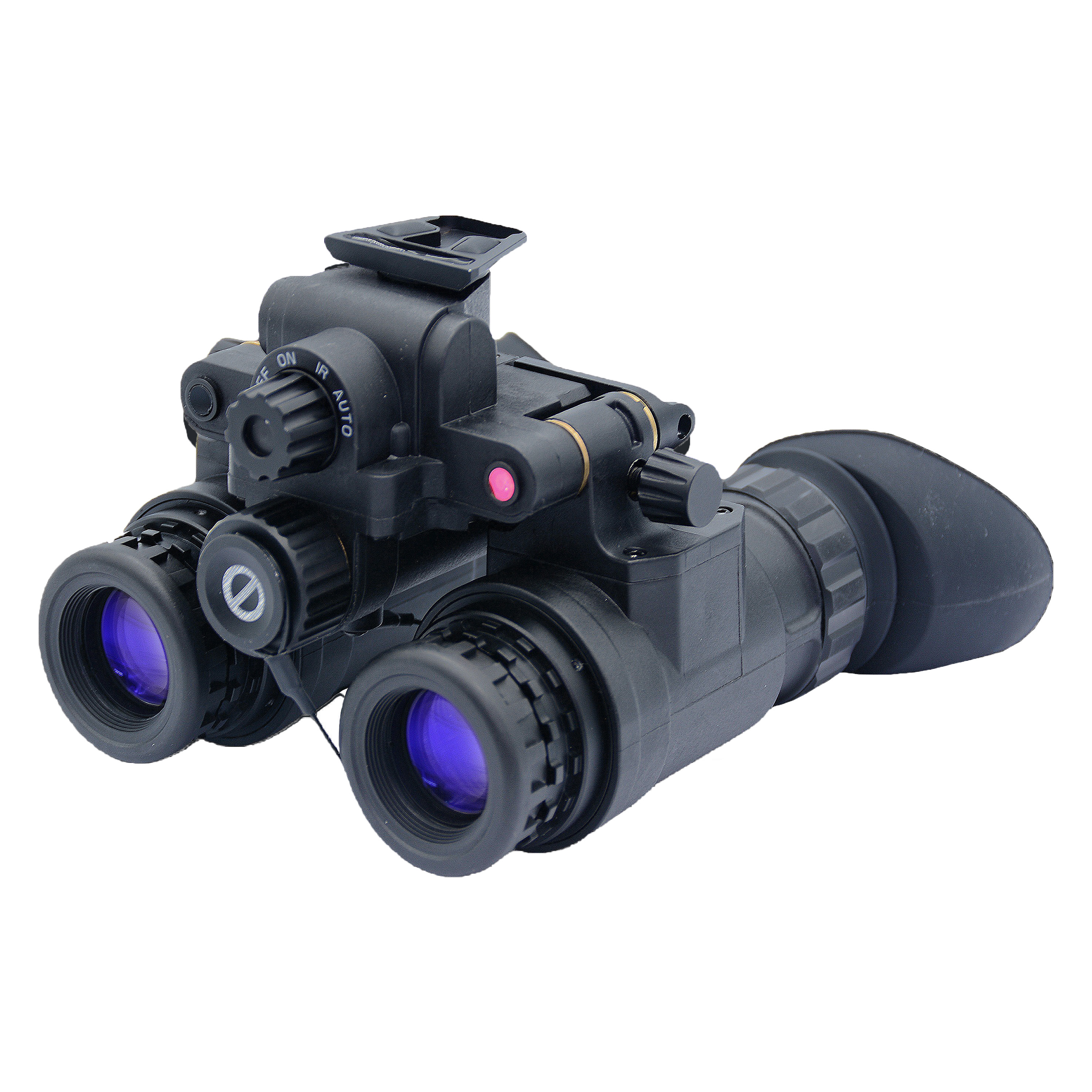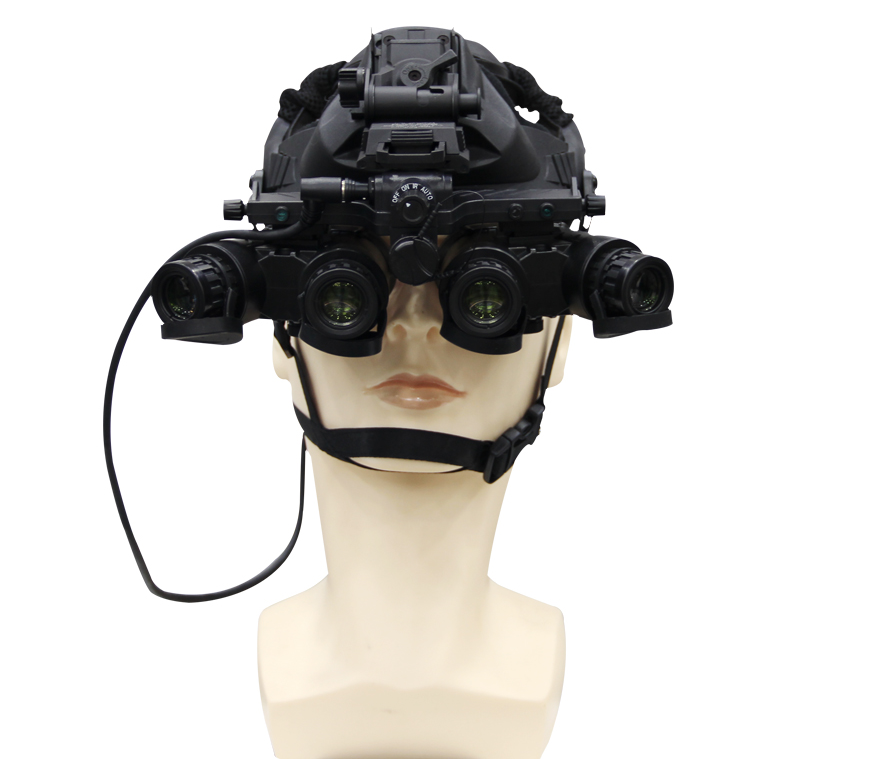Binocular low-light night vision device F2 multifunctional low-light night vision device adopts the third generation image intensifier, which has excellent performance, small size, light weight, clear imaging, simple operation and flexible use. The magnification can be changed by replacing the objective lens (or connecting the multiplier). The night vision device has built-in infrared auxiliary light source and automatic anti-glare protection system. It is highly practical and can be used for military observation, border and coastal defense reconnaissance, public security surveillance, evidence collection, customs anti-smuggling, etc. in the night without lighting environment. It is an ideal equipment for public security departments, armed police forces, special police forces, and guard patrols.

Most thermal imaging devices have a scan rate of 30 times per second. They can detect temperatures ranging from -20°C to 2000°C, with a detectable temperature difference of about 0.2°C.
Thermal imaging devices generally fall into two categories:
Uncooled - This type of thermal imaging device is the most common. Its infrared detector element is packaged in a unit and can operate at room temperature. This system can be activated quickly, is completely silent when operating, and has a built-in battery.
Low-temperature cooled - This system is more expensive and can be easily damaged if not handled properly. This thermal imaging device packages the detector element in an outer packaging and cools it to below 0°C. Because the detector element is cooled, this system has extremely high resolution and sensitivity. Low-temperature cooled systems can "see" a temperature difference of 0.1°C 300 meters away, so the system is enough to determine whether a person is holding a gun!
Onick NVG-D4 multi-function low-light night vision device uses a high-performance quasi-third-generation image intensifier, which has excellent performance, small size, light weight, clear imaging, simple operation, and flexible use. There are four independent image intensification tubes, and four independent objective lenses are arranged in a panoramic direction. The two lenses in the middle point forward like traditional double-tube goggles, giving the operator more depth perception, while the other two lenses point slightly outward from the center to increase the peripheral vision. The two tubes on the right and the two tubes on the left are spliced at the eyepiece. The operator sees that the two center tubes overlap with the two outer tubes, resulting in an unprecedented 120° field of view. The night vision device has a built-in infrared auxiliary light source and is highly practical. It can be used for military observation, border and coastal defense reconnaissance, public security surveillance, evidence collection, customs anti-smuggling, etc. in night-time unlit environments. It is an ideal equipment for public security departments, armed police forces, special police forces, and guard patrols.


